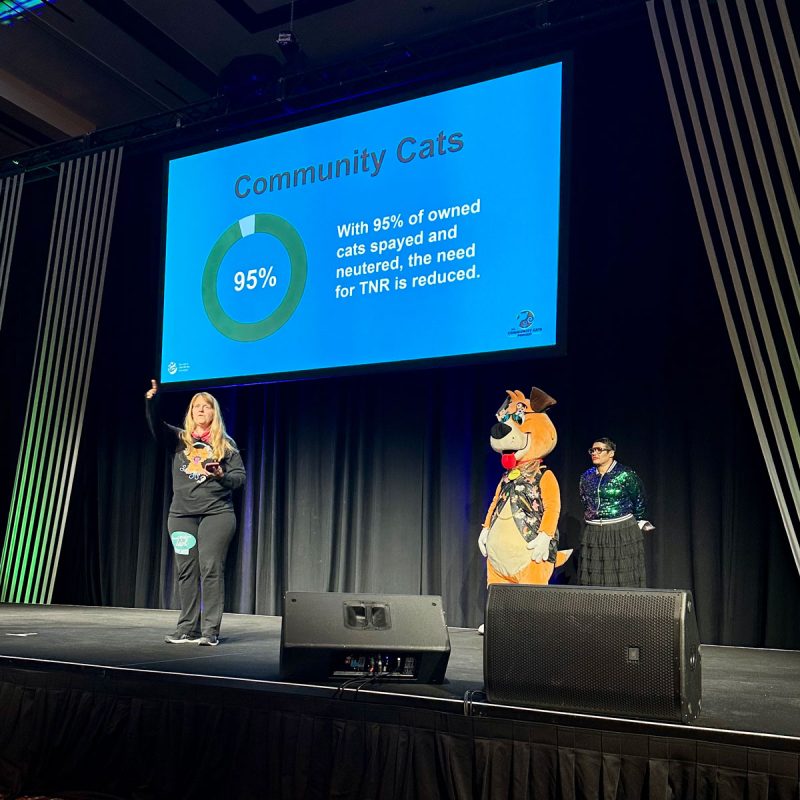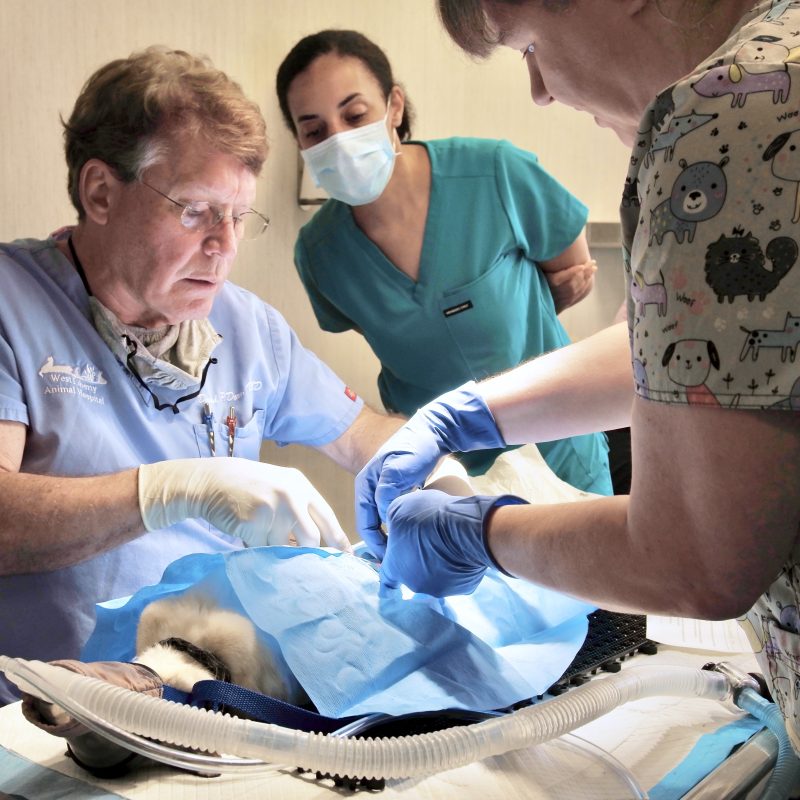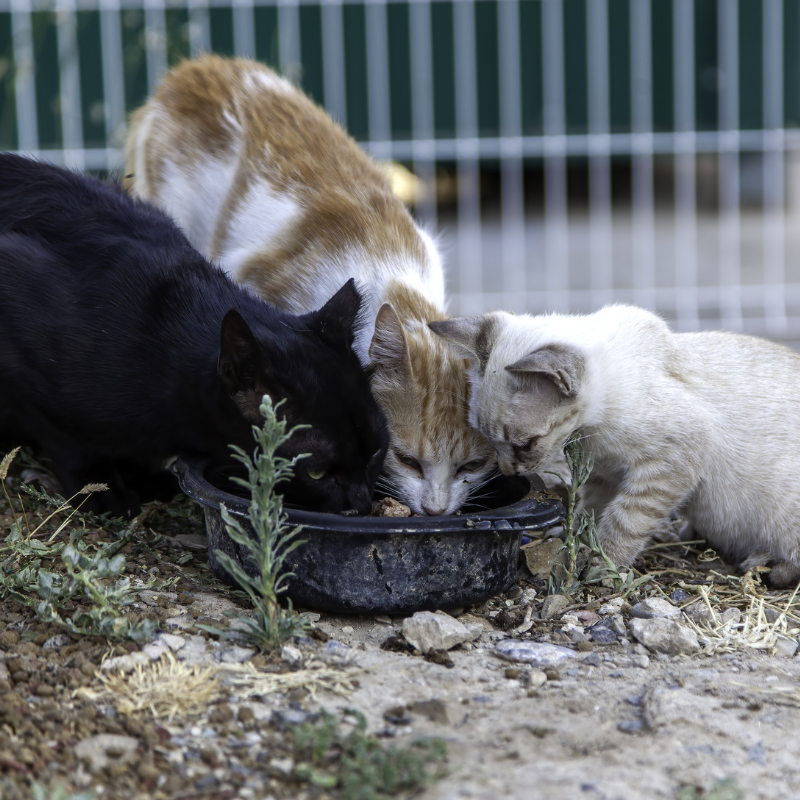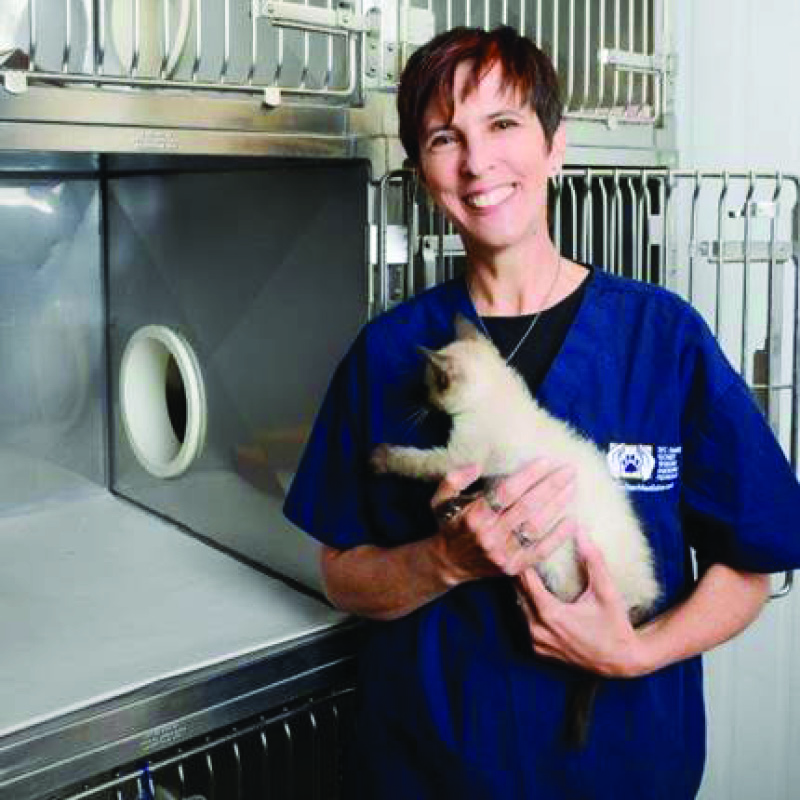
Interview! Kate Hurley, DVM, Director of U.C. Davis Koret School of Veterinary Medicine and Co-founder of Million Cat Challenge
April 13, 2019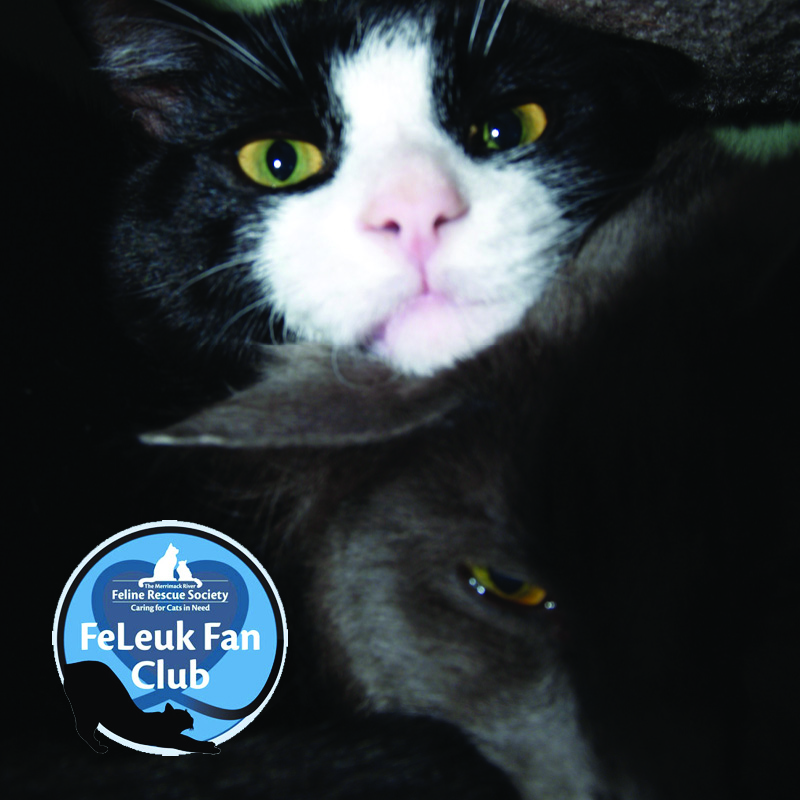
FeLV-positive Adoption Program Profile Series: Merrimack River Feline Rescue Society (Part 1)
April 21, 2019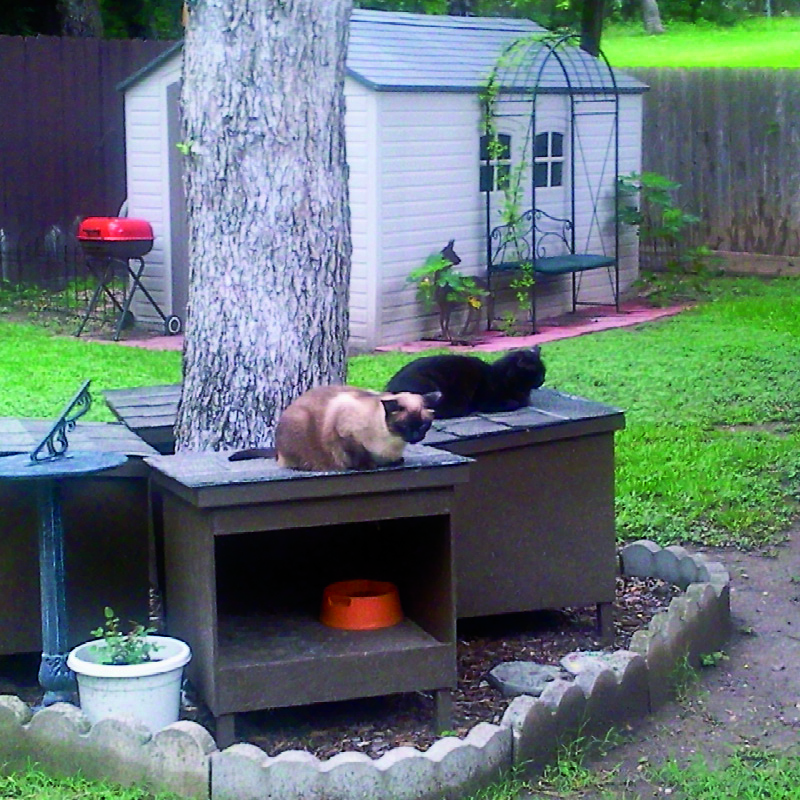
This week, we have the next installment of our occasional series called Trapper Tips & Tricks, which will profile folks who are involved in trapping community cats.
This week we bring you tips from Penny Leisch, President of Catnip Casa Cat Refuge in Austin, Texas.
If you have tips and tricks you’d like to share, or know of someone we should consider profiling, please email Stacy.
Why did you become a trapper?
My husband and I set up a feeder for community cats in Arizona, and AZCATS, a TNR organization, handled TNR, while training us in the basics. My first solo trapping adventures began with a feral kitten in the bushes in front of the house. It was quite tiny and alone. When mom didn’t return, I knew it needed help, but it couldn’t be handled—neither of us knew anything about feral or what it meant. Most of the cats at our feeder were simply indoor/outdoor or strays that needed TNR. We stumbled through the door leading to TNR with good intentions and little information.
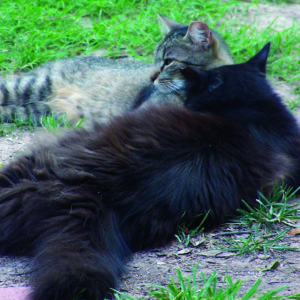 We called AZCATS for instructions, borrowed a trap, and started looking for someone who could take the kitten. After much calling, we ended up trading her to a vet’s office tech who knew how to socialize and care for her. In exchange, we took a kitty that had been living with them for over six months. They couldn’t place him due to a medical condition.
We called AZCATS for instructions, borrowed a trap, and started looking for someone who could take the kitten. After much calling, we ended up trading her to a vet’s office tech who knew how to socialize and care for her. In exchange, we took a kitty that had been living with them for over six months. They couldn’t place him due to a medical condition.
They named the kitten Penny, and we took home a black kitty, named Lady. She turned out to be a he—but that’s another story. While we didn’t do trapping for other people at that time, we maintained the colony in Arizona.A neighbor took it over when we moved to Texas.
Tell us about your first trapping experience.
In 2006, we moved to Austin, Texas, which didn’t have a TNR program yet. We moved into a house where a senior lady had been feeding and breeding. Luckily for us, Austin started their program in January of 2007. We dove into our first solo trapping project immediately. My husband and I trapped over 17 cats within 60 days in our own yard! Not only were we new to trapping, the program was also new, and we were working with only one or two traps at a time.
That led to joining the TNR program and eventually, I became the moderator of the main TNR volunteer group that evolved. That job has been passed on to someone else now, but Catnip Casa Cat Refuge still cares for a small senior colony. Our most senior (and still totally untouchable) cat is a female we know is over 13 years old. Catnip Casa continues to support TNR whenever possible with donated food, advice, and equipment we can loan out.
Why do you support TNR?
We see positive results. The breeding stops. The cats are healthier and maintain their territory more peacefully. We even get thanks from neighbors, who discover they no longer have rodent problems. Our urban area also has a lot of wildlife and traffic. Fewer cats suffer from injuries or become prey when the population is reduced.
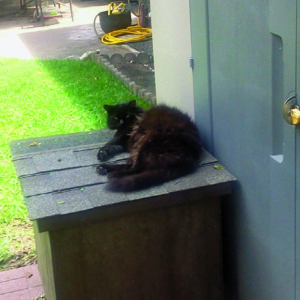 If you could give someone one piece of trapping advice what would it be?
If you could give someone one piece of trapping advice what would it be?
Don’t be afraid to think outside the box. Cats are smart. Sometimes the simplest change in routine in preparation for trapping is enough change to make them harder to catch. In those cases, I’ve trapped very successfully without withholding food. I’ve disguised traps with artificial leaves and vines. I’ve trapped hidden among boxes in garages and laid on the seat in my car with a string through the window to pull a trap door when a drop trap wasn’t available or didn’t fit. Look at the surroundings and get creative. Just think it through to be sure it’s safe for you and the cat.
What is your favorite type of trap?
The only ones I use are Tru Catch. Other styles have problems for a number of reasons, such as not being safe for kittens, cats escaping, and causing injuries. A trap divider is a necessity too. I’ve taken cats into vet’s offices only to discover they will take them in a trap for medical treatment or surgeries, but they don’t have a divider to use to handle them.
What is the most challenging part of doing TNR?
The biggest challenges in Arizona and Texas are limited clinics and times. Trapping on a schedule, along with planning around weather conditions and work hours is tough. Equally as challenging is finding vets that treat feral/community cats. Some don’t want to deal with them. Others take them, but they don’t want to treat them. They simply push to euthanize.
I turned down a vet who wanted to euthanize a beat-up little guy due to a heart problem. I almost lost him later, due to an injury, and we treated him again. He’s still in our senior colony nine years later. We call him Extra (as in, the extra black cat). I doubt he’d be here today without TNR and a safe colony environment.
What is the most rewarding part?
Unquestionably, the best reward is seeing the cats happier and healthier. Next is educating people and working with the wonderful community of TNR volunteers.
Until our next profile—happy trapping!

